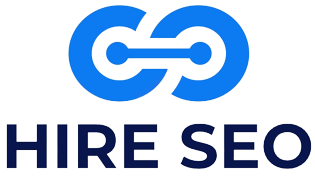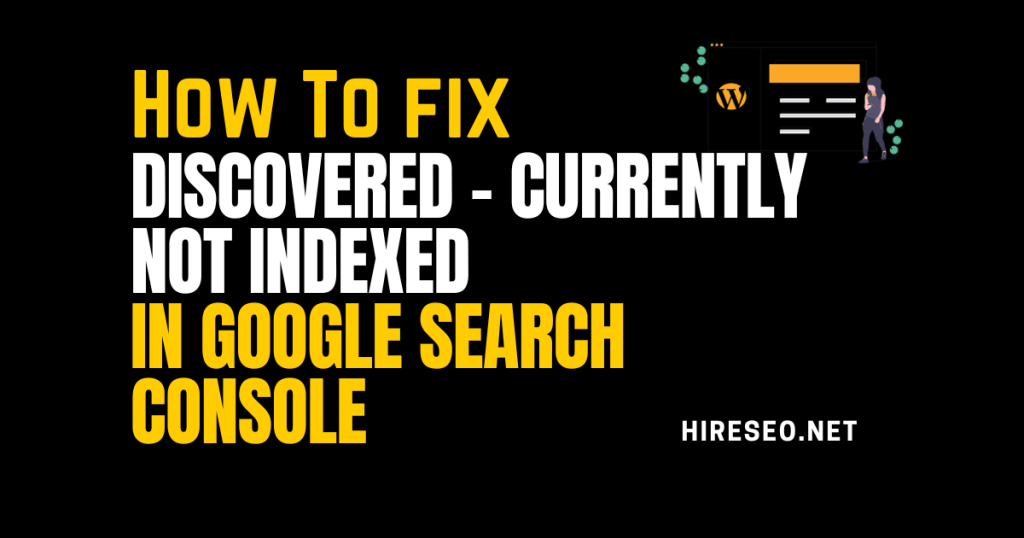Google Search Console is a powerful tool that allows website owners to monitor, maintain, and troubleshoot their site’s presence in Google search results. By adding your website to Google Search Console, you can gain valuable insights into how your site is performing and make necessary adjustments to improve its visibility and rankings. In this guide, we will walk you through the process of setting up your website on Google Search Console and optimizing its performance for better search engine results. Let’s dive in!
Setting Up Your Website on Google Search Console
1. Create a Google account if you don’t have one already
2. Navigate to Google Search Console website and click on ‘Start Now’ button
3. Enter your website URL and click ‘Continue’ to verify ownership
4. Choose a verification method such as adding HTML tag or verifying via domain provider
Step-by-Step Guide for Google Search Setup
Follow these simple steps to set up your website on Google Search Console:
1. Verify Ownership
1.1 Create a Google account if you don’t have one already.
1.2 Navigate to Google Search Console website and click on the ‘Start Now’ button.
1.3 Enter your website URL and click ‘Continue’ to verify ownership.
1.4 Choose a verification method such as adding HTML tag or verifying via domain provider.
2. Submit Sitemap
2.1 Follow the prompts to verify ownership of your website.
2.2 Submit your sitemap to Google Search Console for better indexing.
3. Explore Dashboard
3.1 Explore the dashboard to access various tools and reports.
3.2 Set up email notifications to stay informed about your site’s performance.
Adding Your Site to Google Search Console
Ensure your website is verified to get access to all features
Use the URL prefix property for individual URL inspection
Monitor your site’s mobile usability and speed reports
Set up security issues alerts to protect your site from potential threats
Ensuring Proper Google Search Console Verification
Double-check verification status to avoid data discrepancy
Verify ownership across all variations of your website’s URL
Regularly review your verified users list for security purposes
Re-verify ownership after making significant changes to your website
Utilizing Google Search Console for SEO Optimization
Analyze Search Traffic Data
One of the key features of Google Search Console is the ability to analyze search traffic data. By understanding which keywords are driving traffic to your site, you can optimize your content to target those keywords effectively.
Identify and Fix Crawl Errors
Crawl errors can negatively impact your site’s visibility in search results. Use Google Search Console to identify and fix crawl errors such as broken links, server errors, and 404 pages to ensure your site is properly indexed.
Optimize Meta Tags and Descriptions
Meta tags and descriptions play a crucial role in improving your site’s search visibility. Use Google Search Console to analyze the performance of your meta tags and descriptions, and optimize them based on click-through rates and search performance data.
URL Inspection Tool
The URL inspection tool in Google Search Console allows you to troubleshoot indexing issues for specific URLs. Use this tool to identify and fix any indexing errors, ensuring that your pages are properly indexed and displayed in search results.
Understanding Google Search Console Features
Google Search Console provides a range of valuable features to help website owners optimize their online presence and improve search engine visibility. Here are some key features to explore:
Search Appearance Data
By analyzing search appearance data, you can enhance your site’s appearance in search results. This includes optimizing title tags, meta descriptions, and rich snippets for better click-through rates.
Performance Report
The performance report in Google Search Console tracks essential metrics like clicks, impressions, and click-through rates. This data helps you understand how users interact with your site in search results.
Coverage Report
The coverage report highlights any indexing issues and errors that may impact your site’s visibility on Google. Addressing these issues promptly can improve your site’s overall search performance.
Mobile Usability Report
As mobile usage continues to rise, the mobile usability report helps you optimize your site for mobile devices. Identify and fix any issues that may hinder user experience on mobile devices.
Maximizing Your Site’s Performance with Google Search Console
1. Regularly monitor data in Google Search Console for performance insights
2. Set up custom filters to focus on specific site metrics that matter to you
3. Implement structured data to enhance rich snippets and improve click-through rates
4. Leverage the security issue report to address any potential security vulnerabilities
Troubleshooting Common Google Search Console Issues
When using Google Search Console, it’s essential to address any issues that may arise promptly. Here are some common problems you may encounter along with troubleshooting tips:
1. Server Connectivity Issues
If your site experiences server connectivity problems, Googlebot may not be able to crawl and index your site properly. Check your server settings and ensure that your website is accessible to Googlebot.
2. Structured Data Implementation Errors
Incorrect implementation of structured data can lead to errors in how your site appears in search results. Double-check your schema markup and use Google’s Structured Data Testing Tool to identify and fix any issues.
3. Crawl Errors
Crawl errors can prevent Google from accessing and indexing your site’s content. Monitor the Crawl Errors report in Google Search Console and address any URLs that return crawl errors.
4. Security Issue Alerts
Security issues such as malware or hacked content can harm your site’s reputation and SEO. Review security issue alerts in Google Search Console regularly and take immediate action to secure your website.
By proactively troubleshooting these common Google Search Console issues, you can ensure that your website is performing optimally and remains secure.
Optimizing Site Indexing with Google Search Console
Proper indexing of your website is crucial for ensuring that your content is visible in search results. Here are some key steps to optimize site indexing using Google Search Console:
Submit XML Sitemap:
Submitting your XML sitemap to Google Search Console is an essential step to ensure that all pages of your website are properly indexed by search engines. This helps search engines understand the structure of your site and index it more efficiently.
Index Coverage Report:
Utilize the Index Coverage report in Google Search Console to identify any indexing issues on your website. Fixing these issues promptly will ensure that all important pages of your site are indexed and visible in search results.
Fetch as Google:
Regularly use the “Fetch as Google” tool in Google Search Console to update indexed pages for immediate visibility in search results. This tool allows you to submit individual pages for indexing, especially after making significant changes to your site.
Proper Redirects and Canonical Tags:
Implement proper redirects and canonical tags on your website to avoid duplicate content issues that can affect your site’s indexing. Redirects ensure that users and search engines are directed to the correct page, while canonical tags help designate the preferred version of a page.
Advanced Techniques for Google Search Console Management
When it comes to managing your website on Google Search Console, there are some advanced techniques you can utilize to further optimize your site’s performance:
Utilize the URL Inspection tool: This tool allows you to get detailed information about a specific URL on your site, including indexing status, mobile usability, and any issues that may affect its appearance in search results.
Explore the enhancement reports: These reports provide insights into structured data and AMP validation, helping you ensure that your site meets Google’s guidelines for rich snippets and mobile-friendly pages.
Set up property sets: If you manage multiple websites, you can group them together under a single account using property sets. This makes it easier to analyze data and track performance across all your sites.
Stay updated with Google Search Console: Google regularly updates its Search Console with new features and tools. Stay informed about these updates to take advantage of the latest optimization techniques and improve your site’s visibility in search results.
Conclusion
Adding your website to Google Search Console is an essential step in optimizing your site’s performance, visibility, and security. By following the step-by-step guide, verifying ownership, utilizing the various features, and staying informed about your site’s status, you can effectively manage and enhance your site’s presence on Google. Remember to regularly monitor and troubleshoot any issues that may arise, and stay updated with the latest features to maximize the benefits of Google Search Console. With the right strategies in place, you can drive more traffic, improve search rankings, and ultimately achieve your online goals.


